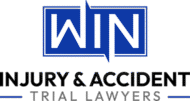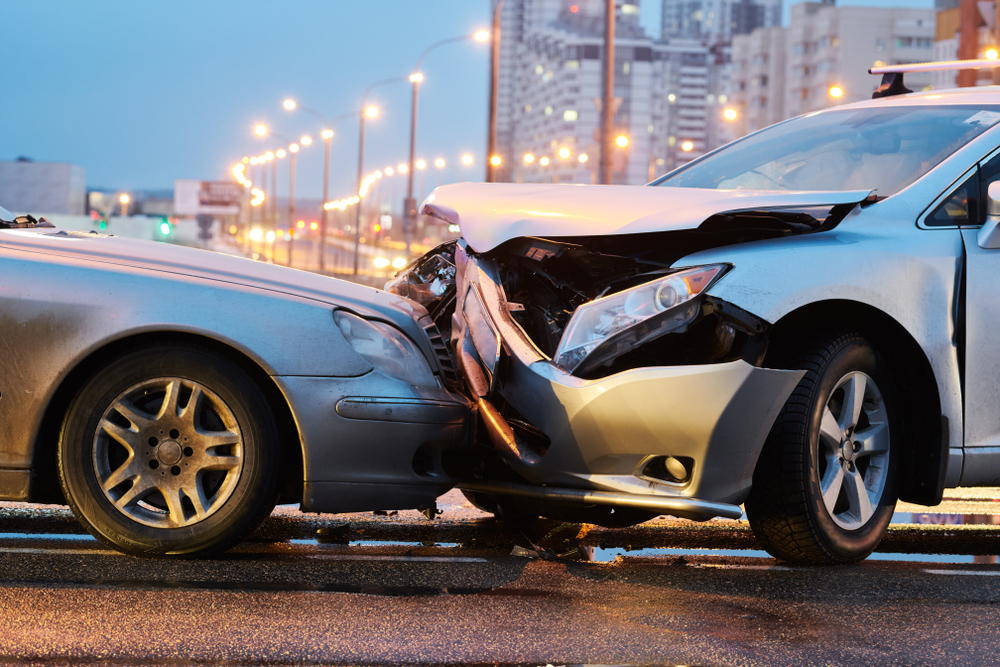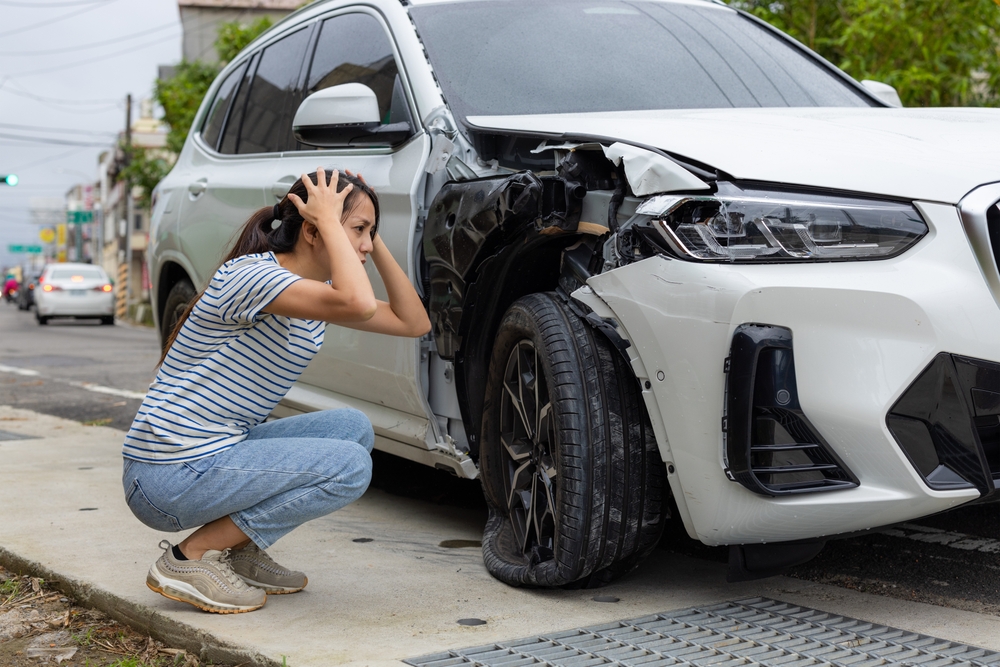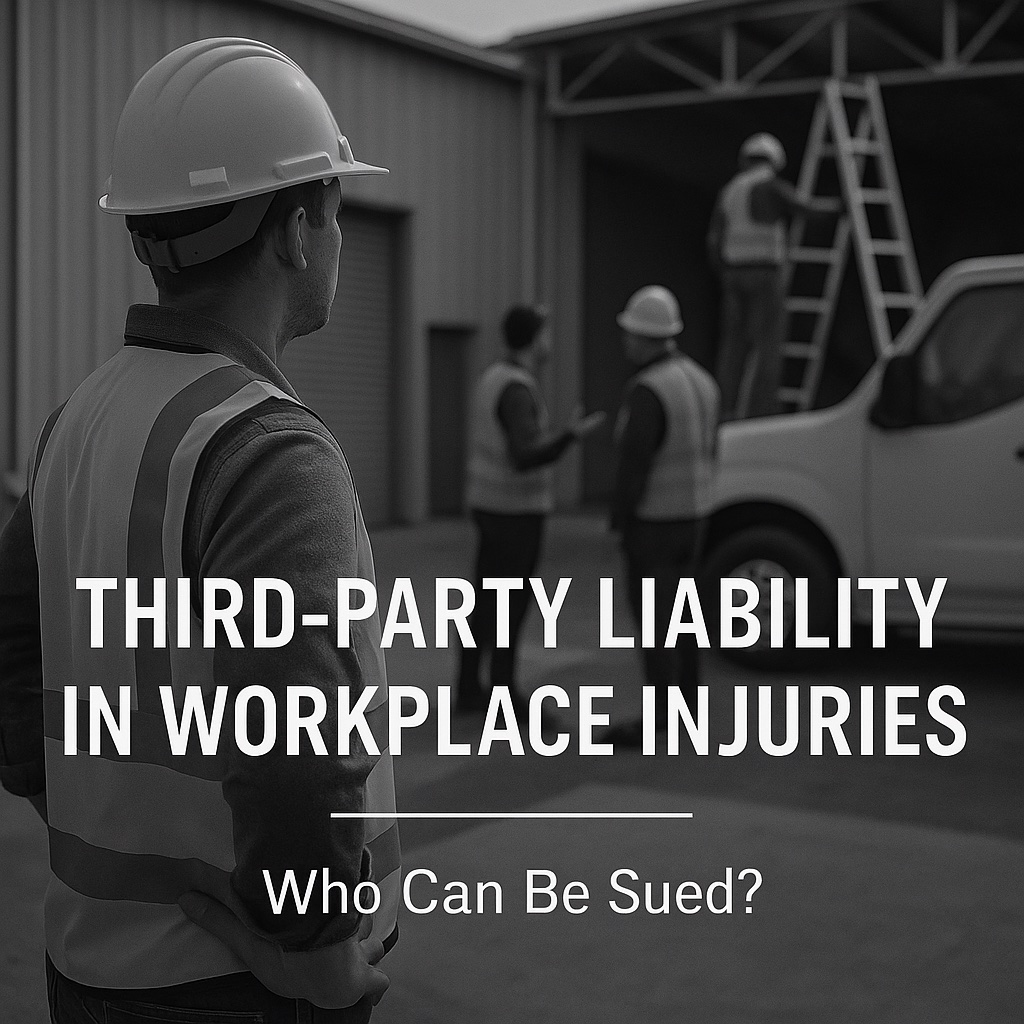
How to Identify All Liable Parties After a Work-Related Accident
When you’re injured at work, your first thought is usually workers’ compensation — and that’s understandable. California’s workers’ comp system exists to give injured employees immediate access to medical care and partial wage replacement without having to prove anyone was at fault.
But what many workers don’t realize is this: not every workplace injury is limited to workers’ comp benefits. In fact, some of the most serious cases involve both a workers’ compensation claim and a separate third-party personal injury lawsuit that can dramatically increase the total recovery.
At WIN Trial Lawyers and Employees First Labor Law (EFLL), we regularly handle these complex crossover cases to ensure our clients recover every dollar available from every responsible party.
Workers’ Comp vs. Third-Party Liability: What’s the Difference?
Workers’ Compensation
Workers’ compensation is a no-fault system. That means:
- You’re entitled to medical treatment
- You receive partial wage replacement (TTD)
- You may receive permanent disability benefits
- You qualify even if the accident was your fault
- You cannot sue your employer for negligence
However, workers’ comp has significant limitations. It does not pay for:
- Pain and suffering
- Full wage loss
- Loss of enjoyment of life
- Future diminished earning capacity (beyond PD)
- Emotional distress damages
For many injured workers — especially those with serious injuries — these limitations leave a large portion of their losses uncompensated.
What Is a Third-Party Liability Claim?
A third-party claim is a separate civil lawsuit against someone other than your employer whose negligence contributed to the accident. This can include:
- Subcontractors
- Property owners
- Manufacturers of defective equipment
- Drivers causing motor-vehicle collisions during work
- Maintenance companies
- Vendors, delivery companies, or outside workers
Unlike workers’ comp, a third-party lawsuit allows you to recover full damages, including:
- Pain and suffering
- Emotional distress
- Full lost wages and loss of earning capacity
- Future medical care
- Loss of enjoyment of life
- Out-of-pocket expenses
- Punitive damages (in rare cases)
This second claim is your third-party liability case, and it often represents the largest portion of financial recovery.
Who Qualifies as a Third Party?
A “third party” is any person or entity other than your direct employer or a co-worker whose negligence contributed to your injury.
Common examples include:
- Subcontractors or general contractors on a shared jobsite
- Property owners who failed to maintain safe premises
- Equipment or machinery manufacturers that produced defective tools or vehicles
- Drivers who caused a work-related car accident
- Maintenance or cleaning companies that created unsafe conditions
- Security or staffing agencies that mishandled supervision or safety
If your injury involved multiple companies or vendors, chances are one of them may be legally liable as a third party.
Examples of Third-Party Workplace Accidents
- Construction Site Fall Due to Faulty Scaffolding
→ Workers’ comp through your employer covers medical care and partial wages.
→ Product liability claim against the scaffold manufacturer or installing subcontractor covers pain, suffering, and future wage loss. - Delivery Driver Hit by Another Vehicle
→ Workers’ comp provides benefits.
→ Personal injury claim against the at-fault driver provides general damages and full income recovery. - Office Worker Injured by a Building Maintenance Contractor
→ Workers’ comp pays initial benefits.
→ Civil claim against the janitorial or maintenance company covers emotional distress and long-term losses. - Warehouse Employee Injured by Defective Forklift
→ Workers’ comp covers immediate needs.
→ Third-party product liability claim against the equipment manufacturer provides broader recovery.
Why Filing Both Claims Matters
Workers’ comp benefits help stabilize you financially after an injury — but they’re often limited and temporary. A third-party lawsuit allows you to pursue complete compensation, including:
- Pain and suffering
- Emotional trauma
- Loss of future earning capacity
- Full wage loss
- Property damage (e.g., vehicle, tools, or equipment)
Together, these claims create a comprehensive path to full recovery.
How WIN × EFLL Handle Dual Cases
Managing both a workers’ comp claim and a third-party civil case requires precise coordination.
At WIN Trial Lawyers × EFLL, we operate as one integrated team:
- Workers’ comp attorneys protect your benefits and medical treatment.
- Personal injury attorneys pursue all negligent third parties.
- Joint negotiation strategy ensures lien reductions and optimal settlement timing.
- Unified client communication avoids conflicts and confusion.
Our collaboration means nothing falls through the cracks — and no defendant escapes accountability.
Deadlines for Third-Party Claims
In California:
- Workers’ Comp Claim: File within 1 year of injury after notifying your employer within 30 days.
- Third-Party Lawsuit: File within 2 years of the accident (or 6 months if a public entity is involved).
These deadlines run independently, so missing one can eliminate your right to recover from a third party — even if your workers’ comp claim is still active.
Legal Framework: Labor Code §§ 3850–3860
California law explicitly allows:
- Employees to sue negligent third parties, even after receiving workers’ comp.
- Employers and insurers to assert reimbursement liens (which we negotiate down).
- Coordination of both cases under one unified strategy.
Our firm has extensive experience litigating under these statutes to ensure injured workers maximize their net recovery.
Who We Represent
We handle third-party workplace injury cases for a wide range of California workers whose jobs expose them to outside contractors, vendors, motorists, and unsafe equipment. Our clients often include:
• Construction and warehouse workers
These environments are filled with subcontractors, heavy machinery, delivery drivers, and outside vendors. When a negligent subcontractor drops materials, misuses equipment, fails to follow safety protocols, or creates a hazardous work zone, they can be held liable in addition to workers’ comp benefits.
• Delivery and transportation employees
Drivers for Amazon, UPS, FedEx, Uber, Lyft, and other transportation companies are frequently injured by negligent motorists, unsafe loading docks, unsecured cargo, or defective vehicle components. These cases often involve major third-party auto claims with substantial civil damages.
• Healthcare professionals
Nurses, CNAs, and hospital staff may be injured by outside contractors performing repairs, vendors servicing medical equipment, pharmaceutical reps, or even negligent visitors or patients. When the danger comes from a non-employer source, a third-party claim becomes available.
• Field technicians and contractors
Employees who travel to homes, job sites, commercial buildings, or industrial facilities face risks created by property owners, maintenance companies, equipment manufacturers, and other outside entities. Slip-and-falls, dog bites, unsafe premises, and equipment failures often lead to third-party liability.
• Union workers and temporary laborers
Union trades and temp agency workers frequently share job sites with multiple subcontractors and independent companies. When another company’s employee or unsafe process causes the harm, that company can be sued directly for full personal-injury damages.
If anyone other than your employer played a role in causing your injury, we will identify them, build the evidence, and hold them fully accountable. Our team at WIN Trial Lawyers and EFLL aggressively investigates job sites, contracts, equipment defects, and witness statements to ensure no responsible party escapes liability.
Call WIN Trial Lawyers × Employees First Labor Law
🌐 wintriallawyers.com | employeesfirstlaborlaw.com
Our combined team understands how to pursue both claims efficiently and strategically — ensuring that every liable party pays what they owe.
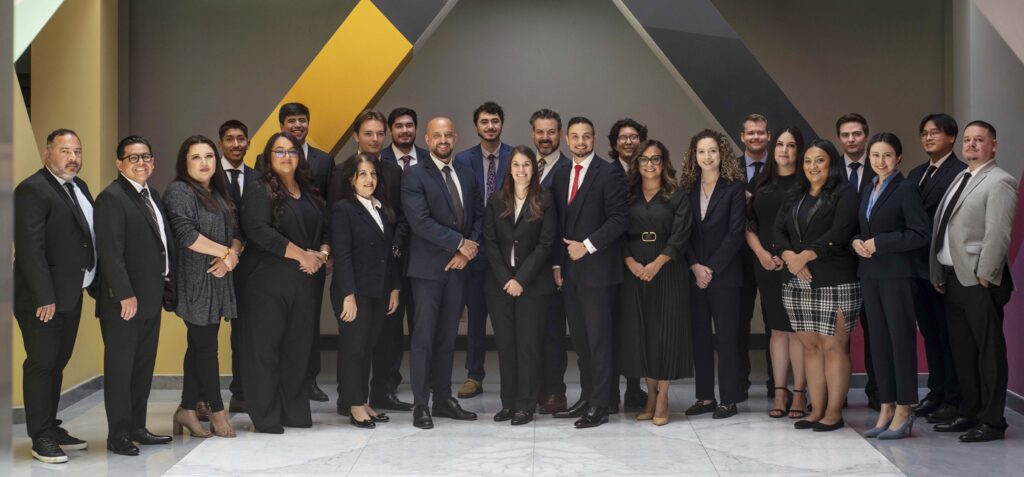
At WIN Trial Lawyers, we know how devastating distracted driving accidents can be. Victims often face mounting medical bills, lost wages, and emotional trauma. Our team has successfully taken on insurance companies and distracted drivers, recovering millions for injured clients.
If you or a loved one has been injured in a speeding-related car accident, don’t leave your future in the hands of the insurance company. You need experienced trial lawyers who know how to prove liability and fight for maximum compensation.
If you or a loved one has been injured in a distracted driving accident, don’t face this alone. The sooner you act, the stronger your case will be.
